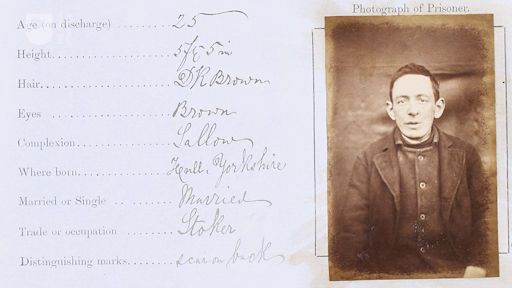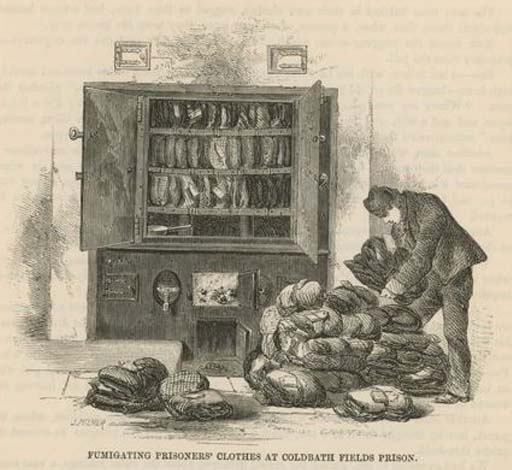Session 5: Systems of measurement
Introduction
In Session 1 you learned that at the beginning of the 1800s many believed there was a relationship between criminal behaviour and illiteracy. However, there was little evidence to support this claim. By the late 1830s, the literacy of every man, woman and child committed to prison was being recorded and numerical summaries of this information were being published, annually, by the Home Office.
In this session, you will learn about the reasons why data on the education of prisoners on committal (their arrival at prison) was collected locally and nationally and you will look at how it was used. You will also look at systems of measurement used to capture the effectiveness of the prison school. How many of those who arrived at prison unable to read and write learned these skills before their release? If prisoners became more literate, did they also become less criminal?
By the end of this session, you should be able to:
- explain the reasons for the collection of data on prisoner literacy and the various uses to which it was put
- assess and use tables and graphs containing statistical evidence
- discuss the merits and drawbacks of systems of measurement for assessing prisoner literacy and rehabilitation.
Let’s start at the beginning, with the arrival of new prisoners at prisons during the 1800s. In the video for this session, Rosalind Crone visits the reception cell at Lincoln Castle Gaol. What happened to prisoners on arrival? Why was there such an interest in recording information about them? Make some brief notes in answer to these questions to prepare for Activity 1 (in the next section).

Transcript
[GENTLE MUSIC]

